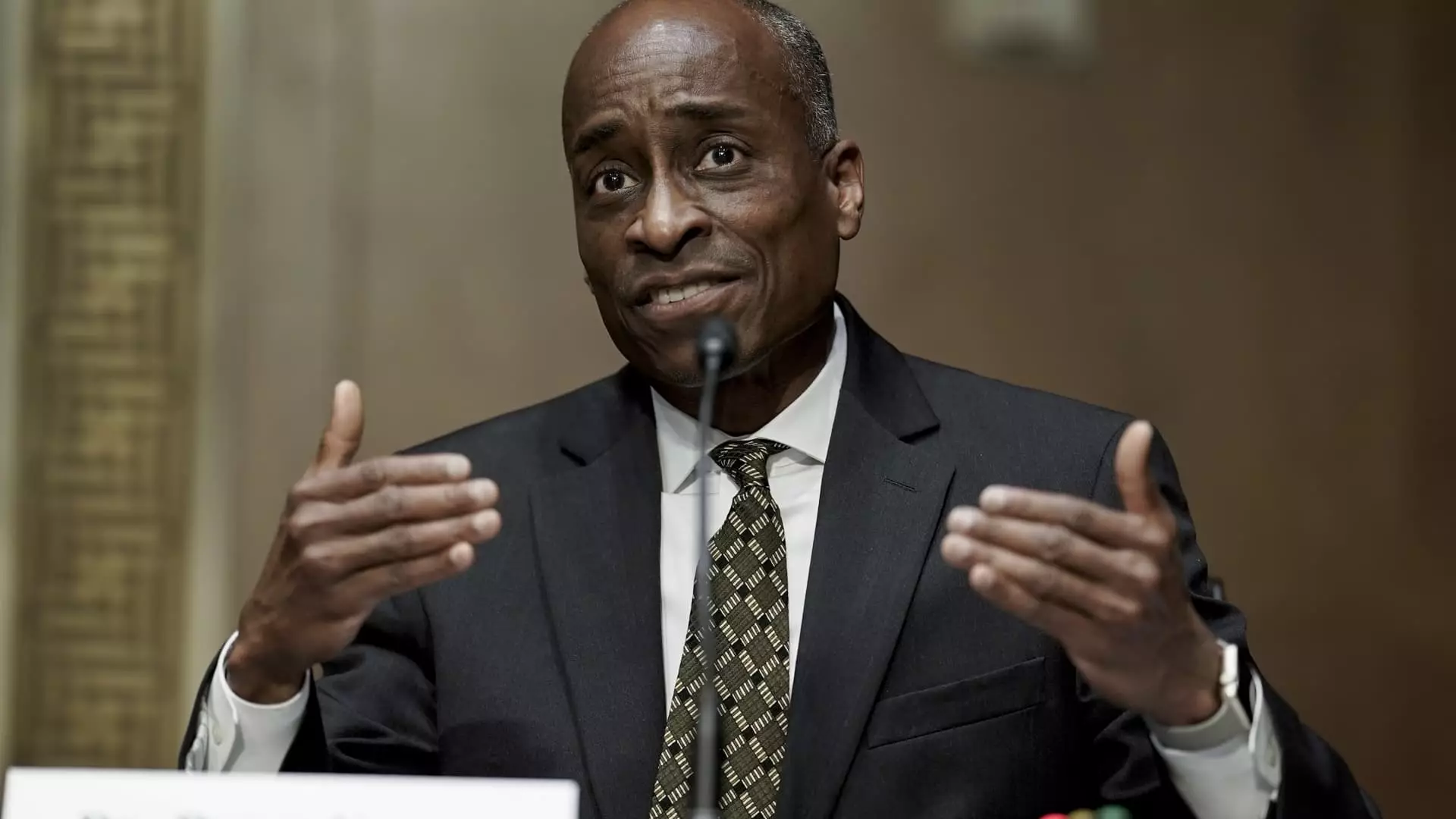In the face of evolving economic conditions, Federal Reserve Vice Chair Philip Jefferson emphasized the necessity for a measured approach to interest rate adjustments. Speaking at Lafayette College, Jefferson pointed to the overall resilience of the U.S. economy, noting that despite some inflationary pressures, there are signs of moderation. He outlined a vision for the Federal Open Market Committee (FOMC) to tread carefully as it navigates a complex landscape shaped by both domestic and global factors.
This consideration is critical. In an economy that has shown both strength and vulnerabilities, the implications of hasty decisions about interest rates could ripple through various sectors. Jefferson advocates for a gradual reduction in monetary policy restraint, indicating the importance of aligning measures with real-time economic data rather than acting precipitously. “As long as the economy and labor market remain strong, I see it as appropriate for the Committee to be cautious in making further adjustments,” he remarked. His perspective mirrors sentiments shared among his peers, illustrating a consensus about the need for a strategic rather than reactive approach.
The subject of inflation is particularly pertinent as the Federal Reserve continues to grapple with its dual mandate of controlling inflation while fostering maximum employment. Jefferson cited the personal consumption expenditures price index, the Fed’s preferred inflation gauge, which remains above the targeted 2% level, albeit lower than its peak. This statistic illustrates the ongoing challenge: while inflation appears to be stabilizing, it does not yet align with the Fed’s goals.
Moreover, Jefferson’s acknowledgment of a “solid” labor market adds another layer of complexity. The unemployment rate, wage growth, and job vacancies all signal a job market that has shown resilience, yet these metrics do not eliminate concerns about potential downturns. “In the current environment, I attach a high degree of uncertainty to my projections,” Jefferson stated, underscoring the delicate balance the Fed must maintain.
Beyond domestic assessments, a key concern for the Fed lies in external economic influences, particularly regarding trade relationships. The ongoing tariff discussions between the U.S. and its primary trading partners—including Canada, Mexico, and China—contribute to the current atmosphere of uncertainty. Jefferson noted that while some tensions have eased, uncertainty still looms, especially in the context of geopolitical conflicts.
The nature of these external relationships could have wide-reaching implications for economic forecasts. The interplay between tariffs and inflation could significantly affect the cost of goods, consumer spending, and overall economic growth. Policymakers must remain vigilant and adaptable as these external variables continue to evolve.
Jefferson’s remarks outlined a spectrum of scenarios that could shape future policy adjustments. He suggested that if inflation remains elevated longer than anticipated, the Fed may need to maintain its current level of policy restraint, allowing for sustained interest rates. Conversely, should the labor market weaken, there is a possibility for more aggressive easing of policies.
This forward-looking stance is essential as it highlights not only the Fed’s commitment to flexibility but also its awareness of the interconnected nature of economic indicators. The path ahead may require nimbleness, as the economic conditions that justify rate cuts or increases can shift unexpectedly.
Ultimately, Jefferson’s cautious approach reflects a broader understanding of the complexities faced by the Federal Reserve today. With a solid labor market, yet relentless inflationary pressures influenced by both domestic stability and global uncertainties, the future is anything but predictable. The Fed’s measured and analyzed response, as expressed through Jefferson’s insights, will be instrumental in navigating the challenging waters ahead. As the economic landscape continues to change, maintaining a cautious yet responsive monetary policy will be essential for fostering long-term growth and stability.

